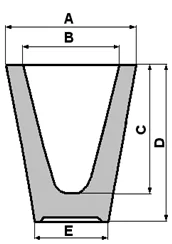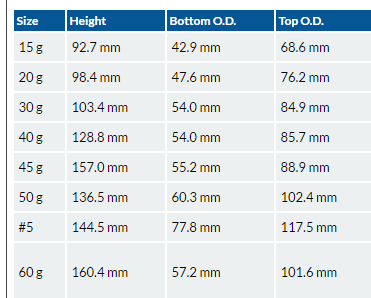- To participate in the 911Metallurgist Forums, be sure to JOIN & LOGIN
- Use Add New Topic to ask a New Question/Discussion about Mineral Processing or Laboratory Work.
- OR Select a Topic that Interests you.
- Use Add Reply = to Reply/Participate in a Topic/Discussion (most frequent).
Using Add Reply allows you to Attach Images or PDF files and provide a more complete input.
- Use Add Comment = to comment on someone else’s Reply in an already active Topic/Discussion.
-
https://www.911metallurgist.com/wp-content/plugins/wp-symposium-pro/forums/../css/images/wait.gif
Proper crucible Size for 1 A.T. Assay (4 replies)
Please join and login to participate and leave a comment.



In Assaying for Everyone" 1910, p 27.
"The crucible commercially known as Battersea "B" or 20 gram size will be found convenient for use when 1 assay Ton of ore is taken; size "F" or 30 gram when 2 Assay Tons are used, together with the necessary amount of flux."
- J. Reginald Smith
Read more: http://andy321.proboards.com/thread/77052/assaying-gold-silver?page=1#ixzz4TDNtzIyu
That sounds small for a 20 gram crucible to hold 1A.T. of 29.166 grams pulp + 20 grams lead + reducing agent etc. Is the information correct?